
We think of parks as places of rest and leisure, to escape the hustle and bustle of fast-paced city life in Singapore and to seek refuge in nature, but in fact these gardens are designed and built by the human mind and not nature. Parks provide the illusion of the natural world: tamed (and pruned) for human consumption.
Singapore’s branding as a “garden city” (introduced by then Prime Minister Lee Kuan Yew on 11 May 1967) alludes to the anthropocene; as with many aspects of Singaporean society, even nature is not spared from the strict policies and politics. Parks as hyperreal environments perhaps then present an appropriate metaphor for looking at tensions between nature and man-made, natural and artificial, authenticity and authorship.
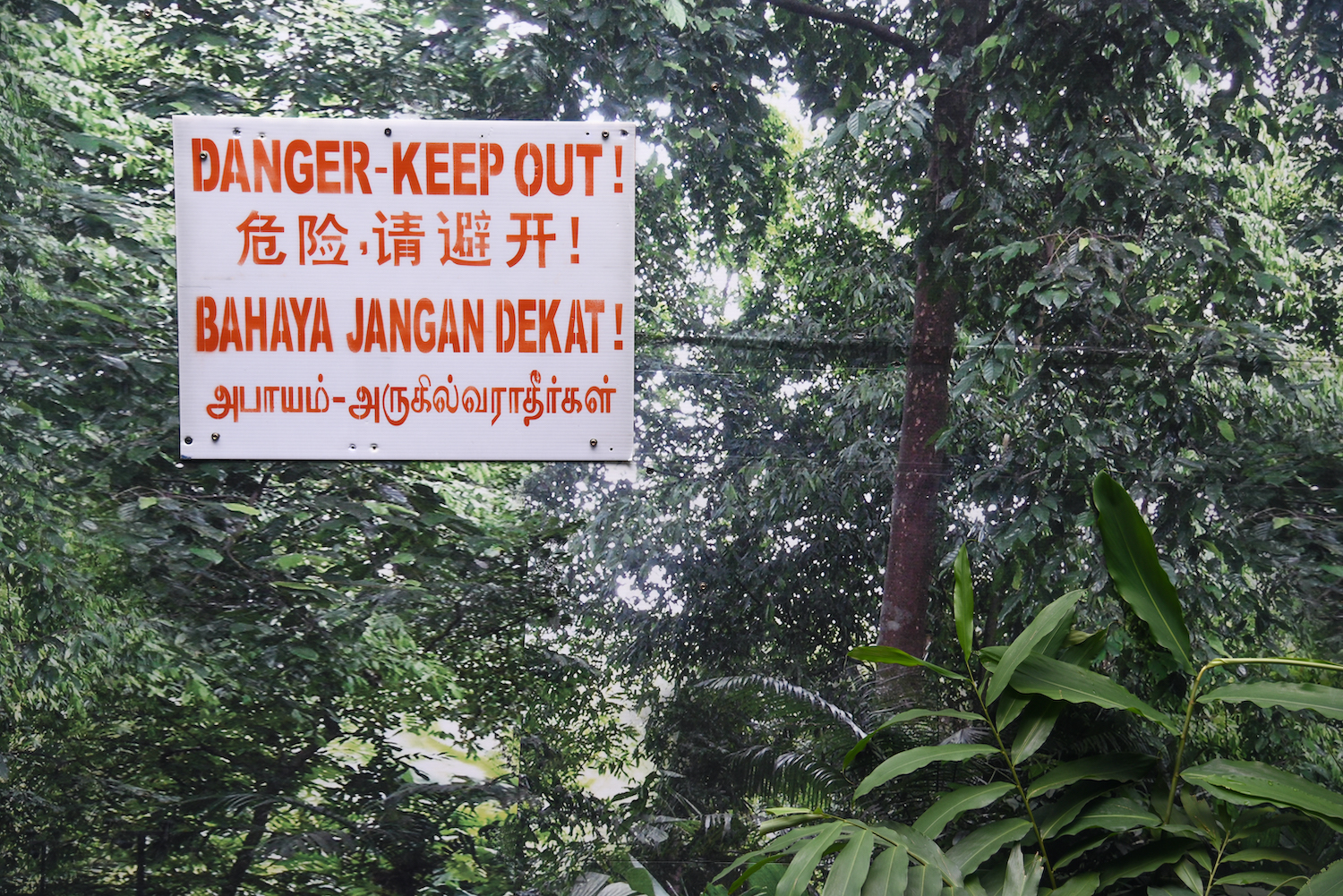

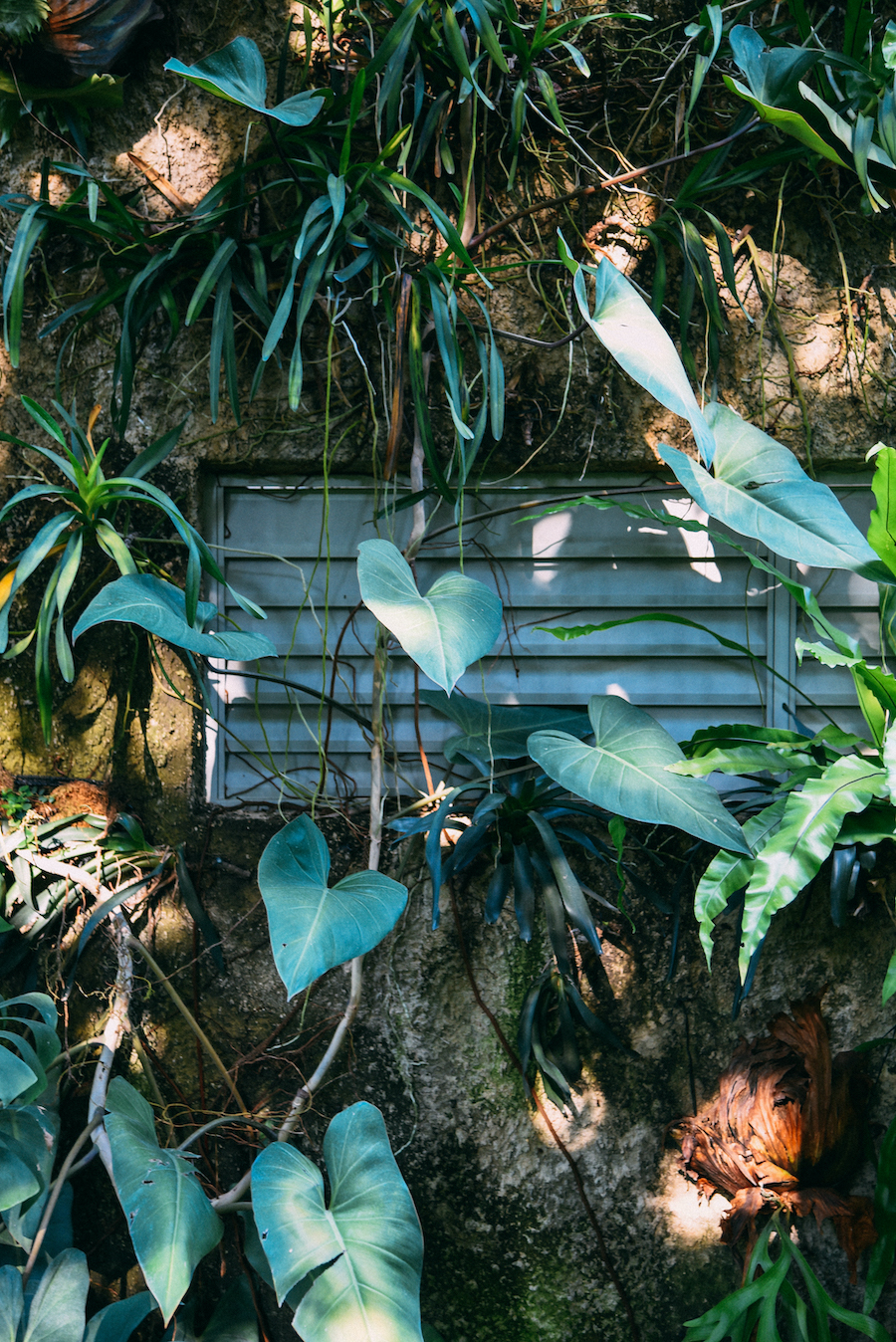



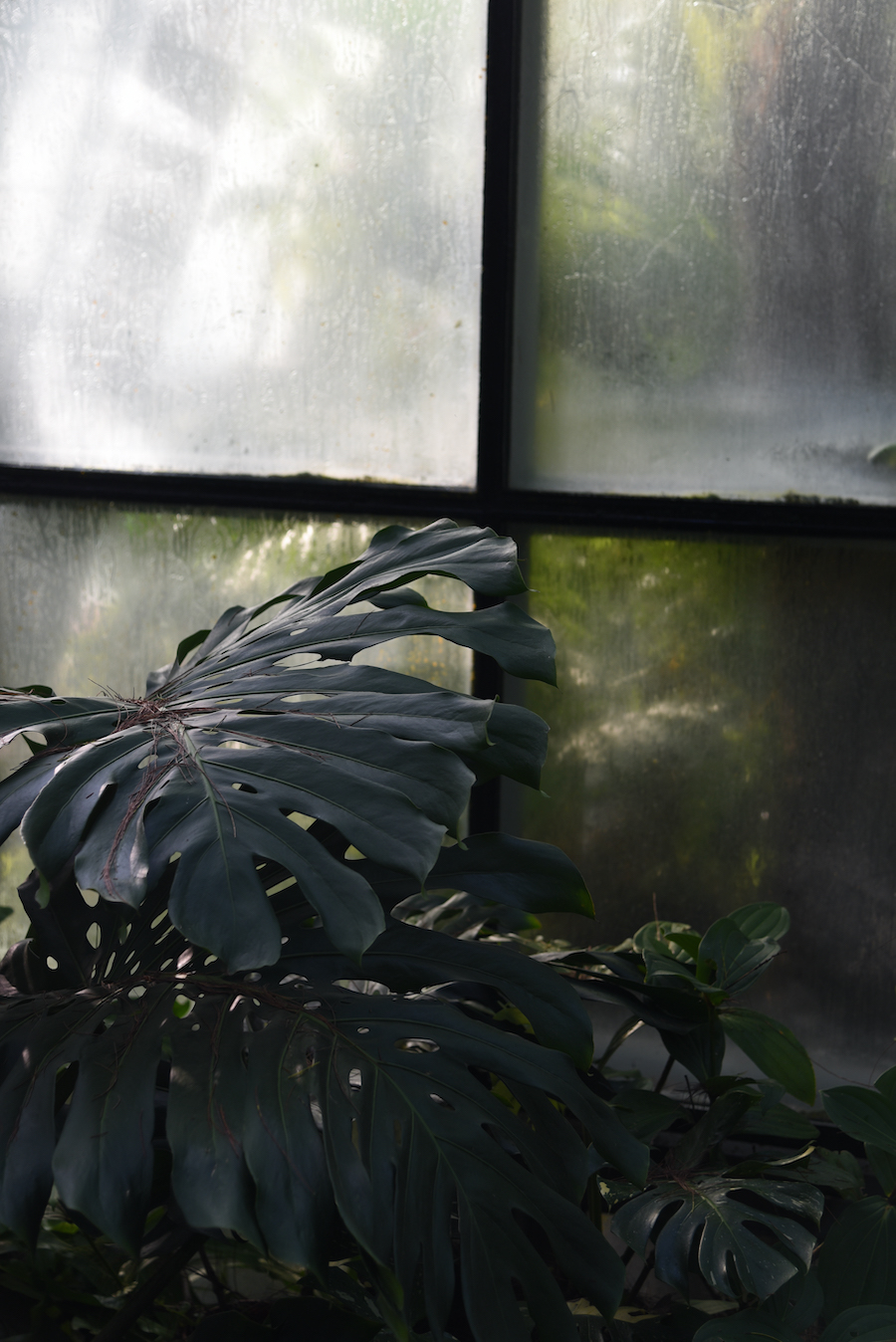
“Parks, for all their appearance of naturalness, are massively artificial places, inherently dishonest as they are designed by man to mimic nature1”.
Jean Baudrillard posits that hyperreality confuses the “real” with the symbol it represents: what is real and what is fiction are seamlessly blended together so that there is no clear distinction between where one ends and the other begins2. Nature is simulated, commodified and consumed. For example, images of the rainforest are produced and used by humans to represent a generic concept, yet we do not know where/when the depicted rainforest exists, or if it exists at all. Instead, the referent rainforest is alienated from its original in the image, and becomes a symbol of itself.
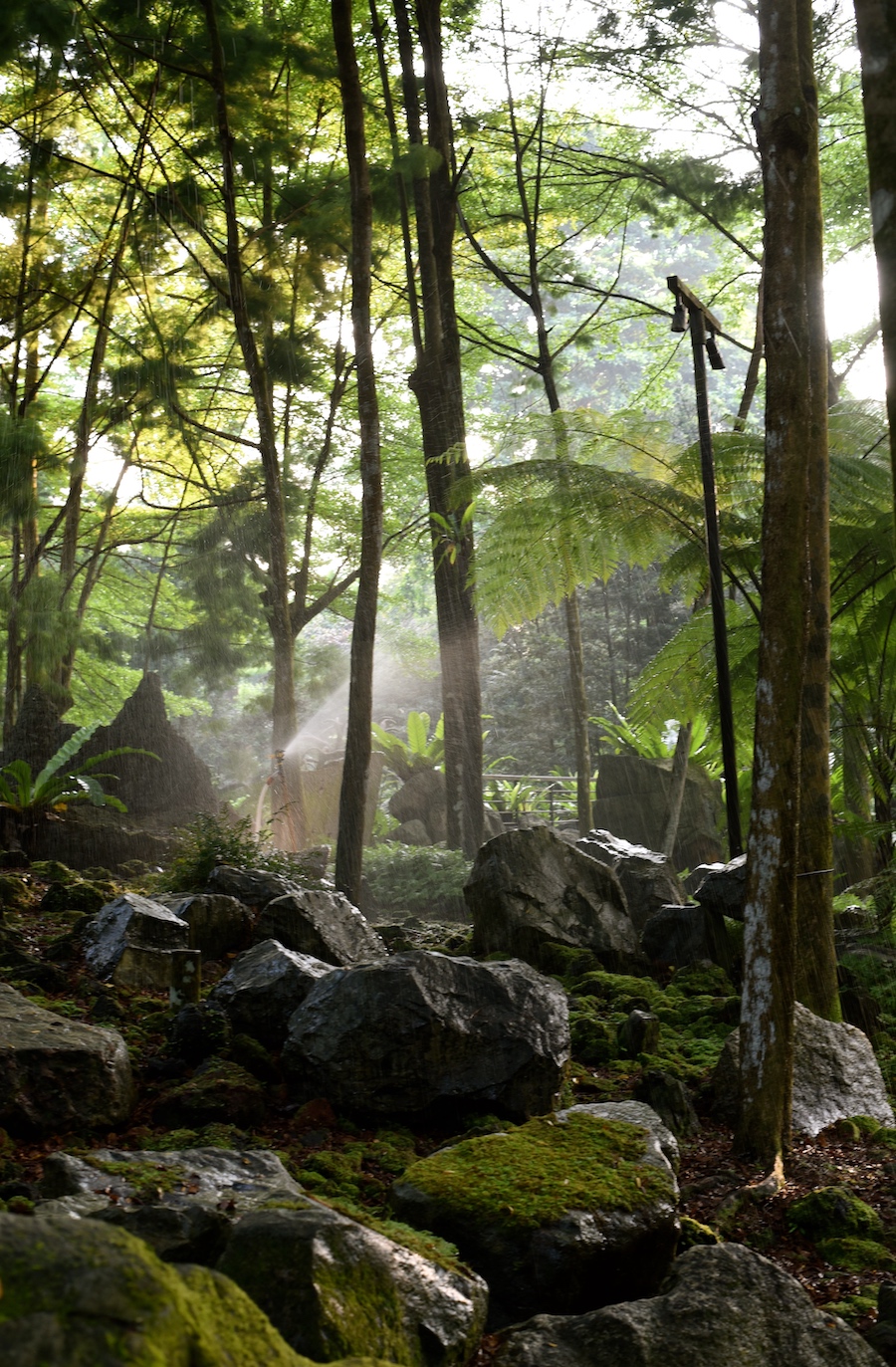

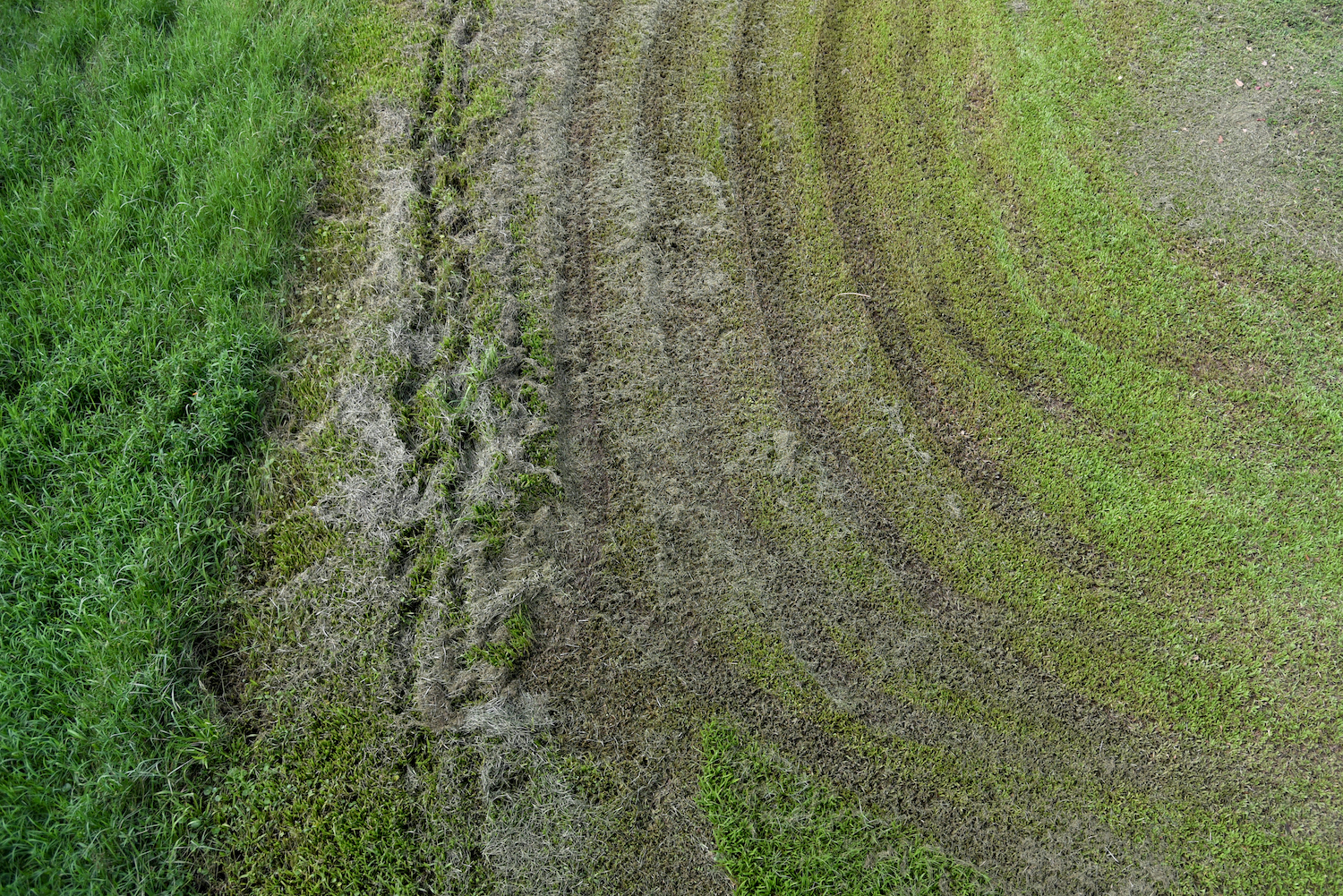
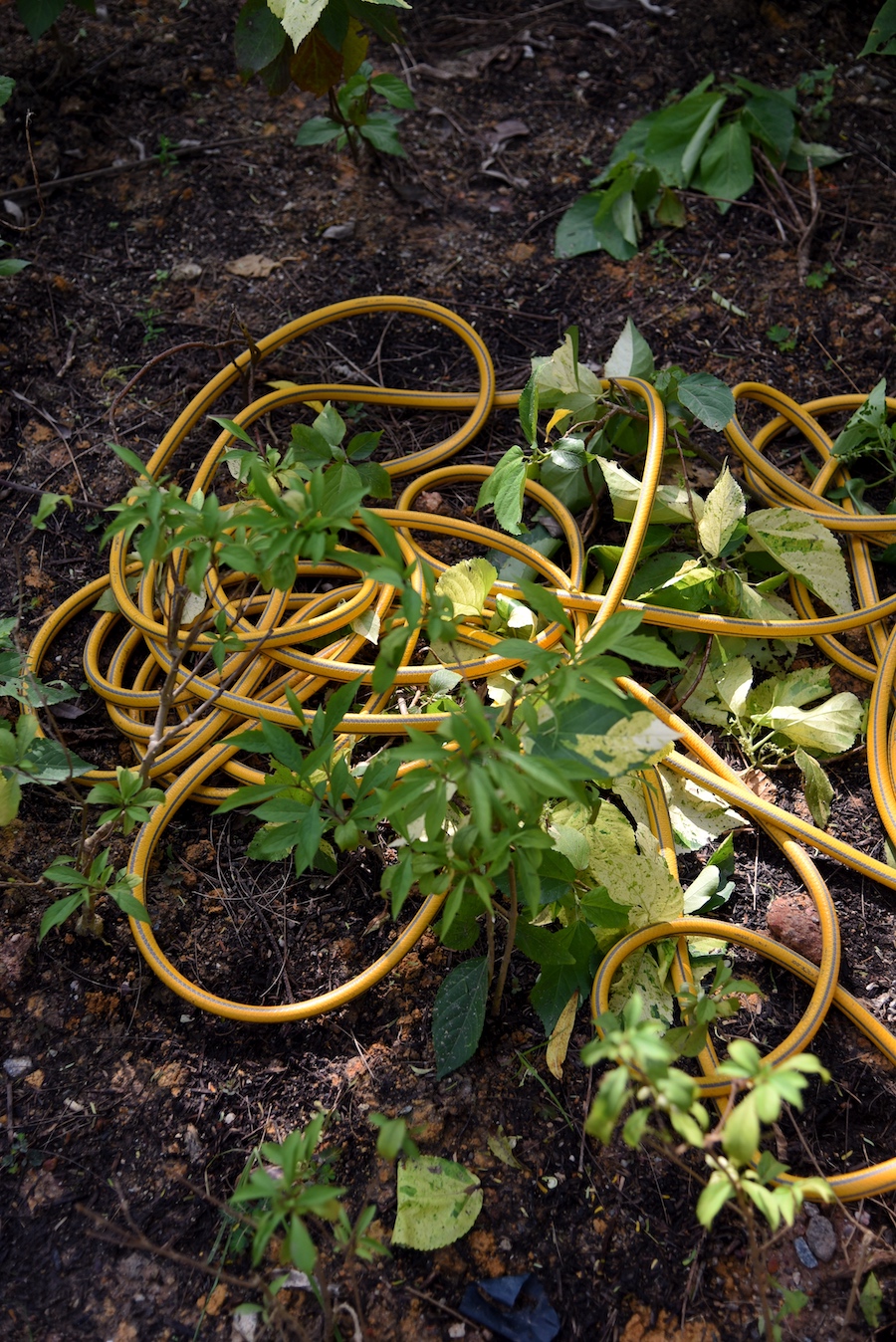
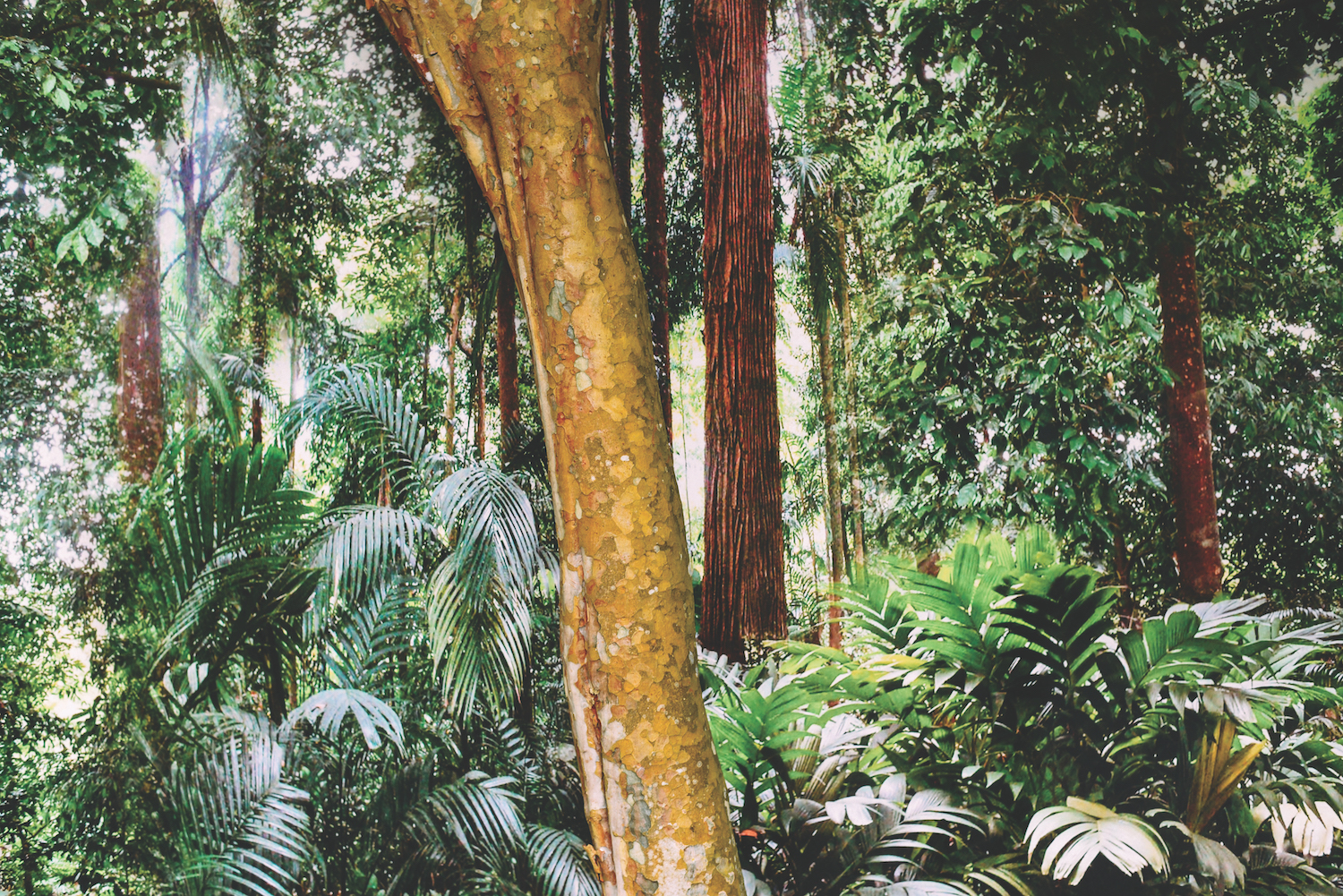
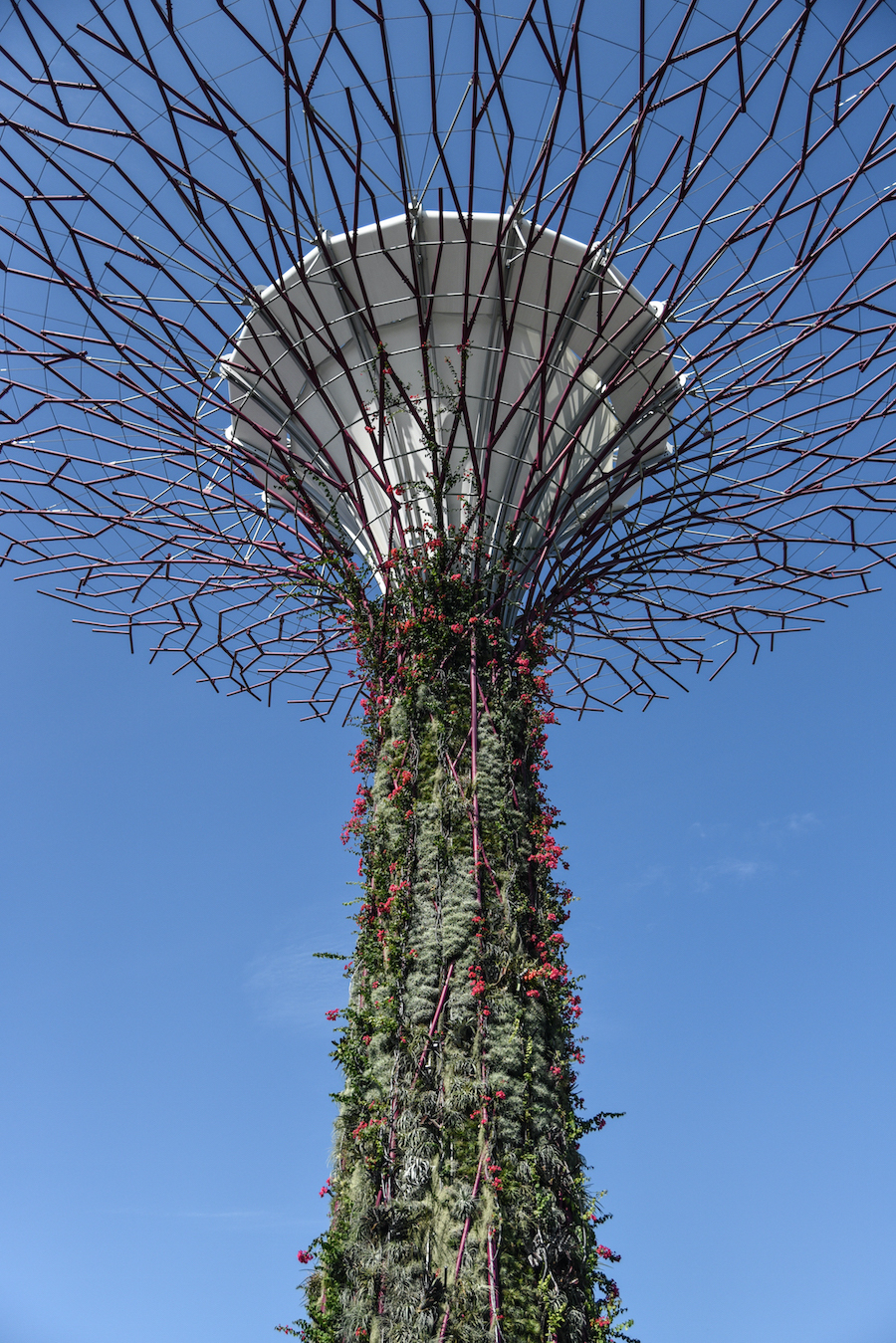

The Garden was made as part of Shooting Home 2016, organised by Objectifs Centre for Photography and Film.
Download zine as pdf here.
1 Burke, J. (2014, November). The Artificial Eye. The Plant, Issue 7, pp 139.
2 Baudrillard, J. (1994). Simulacra and Simulation. Ann Arbor: University of Michigan Press.
2023 © Lee Chang Ming